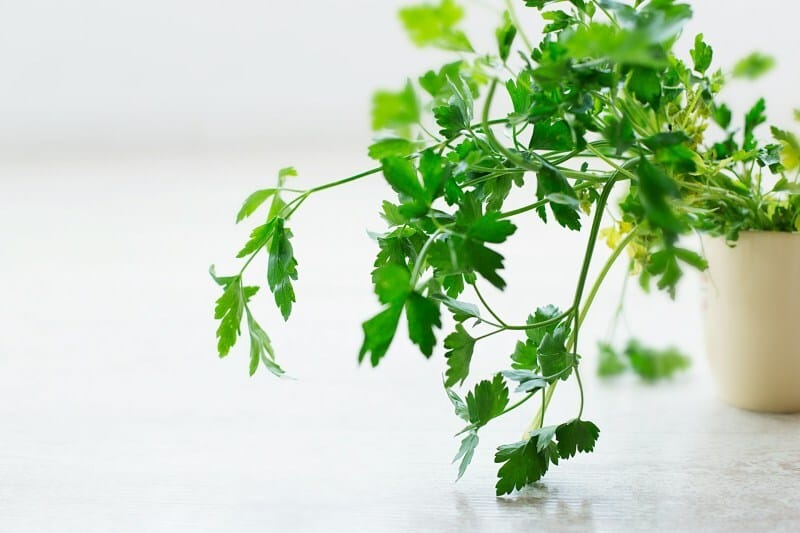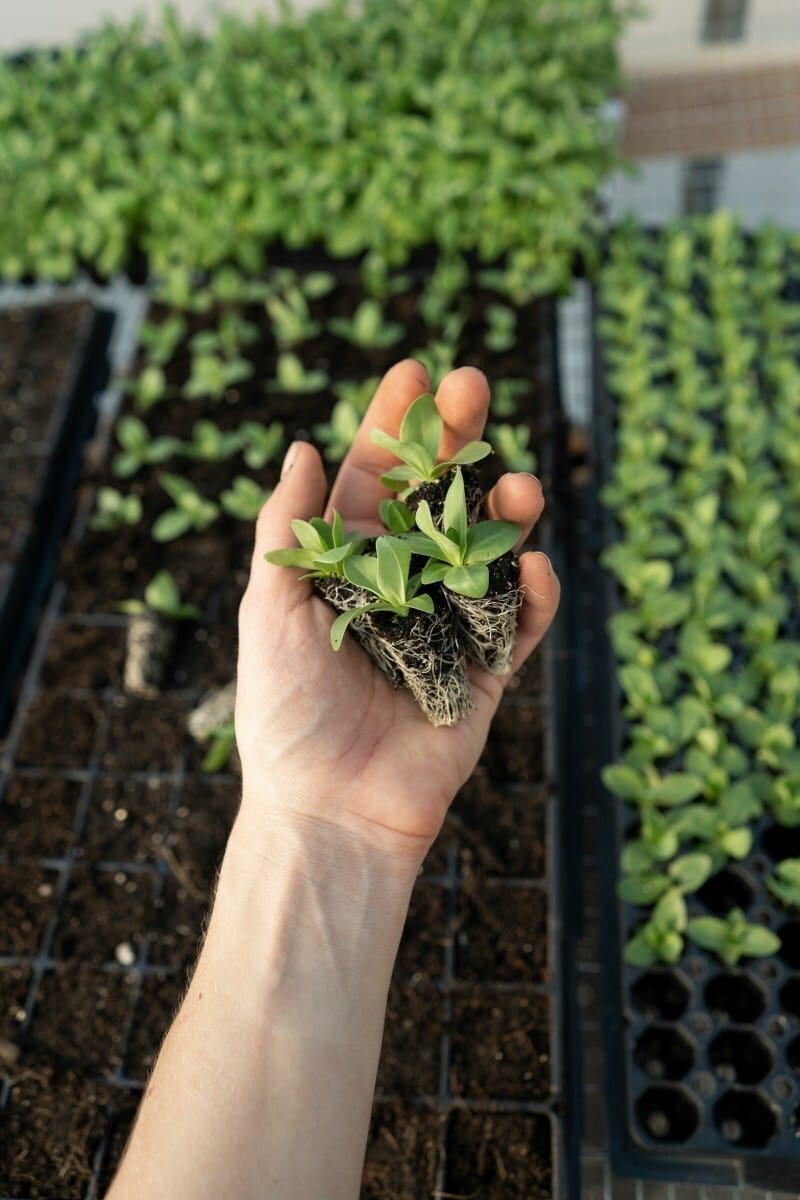One of the most fulfilling ways to raise awareness of environmental issues is to turn living areas into indoor gardens, which provide the ideal balance of practicality and scenic beauty. More and more people are learning how this straightforward yet meaningful practice may have a big impact on their homes and the environment as sustainable living gains importance in our quickly changing world.
Indoor gardens provide numerous benefits: they minimize the carbon footprint of food production, supply fresh herbs and vegetables, lower stress levels, and purify the air, creating a more sustainable and peaceful living space. This growing movement toward indoor cultivation reflects a deeper understanding of our connection to nature and the importance of bringing sustainable practices into our daily lives.

Key Considerations for Thriving Indoor Garden
Whether in small urban apartments or spacious suburban homes, indoor gardens are proving to be powerful tools for environmental stewardship while creating spaces that nurture both body and spirit.
Discovering Perfect Plant Companions
Starting an indoor garden requires thoughtful plant selection. Herbs like basil, mint, and rosemary serve as excellent starter plants, offering both culinary benefits and forgiving care requirements.
Native plants naturally adapted to local climates make excellent additions – peace lilies excel at air purification while being remarkably resilient. Spider plants create stunning hanging displays with minimal maintenance, and for those seeking something unique, dwarf citrus trees can bring a touch of the exotic indoors while providing fresh fruit.

Smart Setup and Sustainable Materials
The foundation of successful indoor gardening lies in choosing the right materials. Biodegradable containers made from coconut coir offer an environmentally conscious alternative to traditional plastic pots. When combined with organic soil mixtures, these materials create optimal growing conditions while minimizing environmental impact.
Intelligent Lighting Solutions
Modern LED grow lights have revolutionized indoor gardening possibilities. These energy-efficient solutions provide precise light spectrums for plant growth while keeping electricity costs manageable. Strategic placement throughout growing spaces can create ideal conditions even in rooms with minimal natural light.

Water Conservation and Greywater Implementation
Water conservation presents both challenges and opportunities in indoor gardening. Greywater systems can be remarkably effective – water from dehumidifiers and vegetable rinsing can be repurposed for plant care. Rainwater collection systems provide an excellent water source for sensitive plants. Simple solutions like placing collection containers under air conditioning units or installing basic water diversion systems from appliances can significantly reduce water waste.
Transforming Kitchen Waste
Composting turns everyday kitchen waste into nutrient-rich fertilizer, making it an excellent practice for sustainable indoor gardening. Even in small spaces, composting systems efficiently process coffee grounds, vegetable peels, and paper scraps into organic nourishment for plants. If you want to enrich your soil further, try searching for “mulch near me.” While typically used outdoors, certain types (such as mushroom mulch) are excellent for indoor plants, providing essential nutrients and helping to balance soil pH.

Effective Natural Pest Management
Sustainable pest control relies on natural solutions rather than harsh chemicals. Neem oil provides excellent general pest protection, while simple household items like cinnamon can effectively deter common pests such as fungus gnats. Regular plant inspection and prompt intervention prevent most serious pest issues from developing.
Vertical Growing Innovations
Space constraints often lead to creative solutions in indoor gardening. Vertical growing systems, utilizing wall-mounted shelves and hanging planters, can dramatically increase growing space while creating stunning living wall displays that enhance both air quality and aesthetic appeal.

Advanced Hydroponics with Organic Elements
Hydroponic systems represent the cutting edge of indoor gardening technology. Deep water culture systems excel at growing leafy greens, while nutrient film techniques provide continuous nourishment to plant roots. Organic nutrients like seaweed extract and fish emulsion can replace synthetic alternatives, while natural mineral supplements such as calcium from eggshells and magnesium from Epsom salts maintain proper nutrient balance. These systems consistently produce impressive yields of crisp lettuce, tomatoes, and other vegetables.
Self-Contained Ecosystems
Terrariums demonstrate the elegance of self-sustaining ecosystems. These miniature environments, when properly established with native ferns and moss, require minimal maintenance while providing constant visual interest and natural beauty.

Embracing Zero-Waste Practices
Each American throws out 1,800 pounds of trash each year, and reducing that number is important. Creative repurposing transforms everyday items into unique planters – from glass jars to retired containers. Seed saving preserves successful plant varieties while reducing dependency on commercial sources. The practice of seed trading within gardening communities introduces growers to new and interesting plant varieties.
Building Community Connections
The social aspects of indoor gardening extend beyond individual households. Local gardening groups facilitate the exchange of cuttings, knowledge, and problem-solving strategies. These connections strengthen community bonds while promoting sustainable practices throughout neighborhoods.
Conclusion
Sustainable indoor gardening represents an ongoing journey rather than a destination. Every plant contributes to environmental improvement, whether part of a single-herb collection or an extensive indoor food garden. The practice continues to evolve, offering innovative solutions for urban growing while promoting environmental consciousness.
Through thoughtful plant selection, resource conservation, and community engagement, indoor gardening has evolved into a powerful tool for environmental stewardship. As environmental challenges persist, these practices offer practical solutions for creating greener, healthier living spaces while building stronger, more sustainable communities.
The post Eco-Chic Indoor Gardening Is a Green Revolution at Home appeared first on Moss and Fog.
